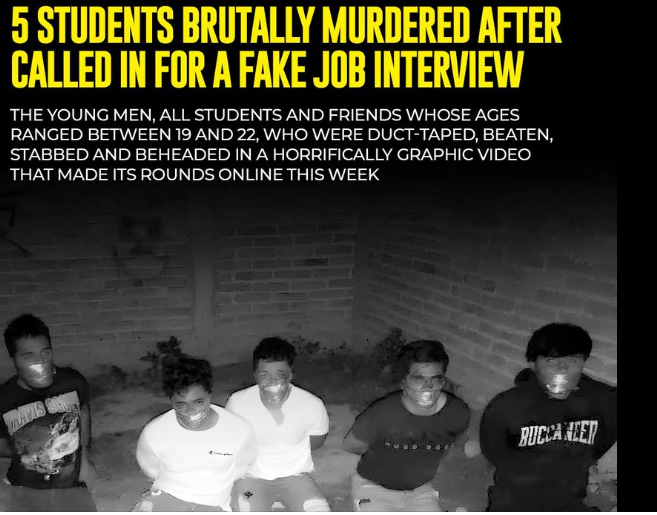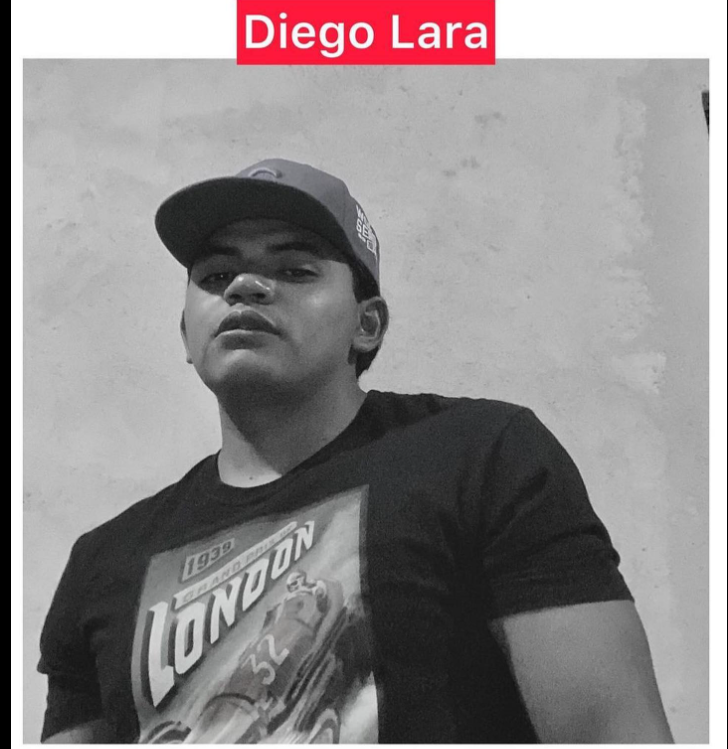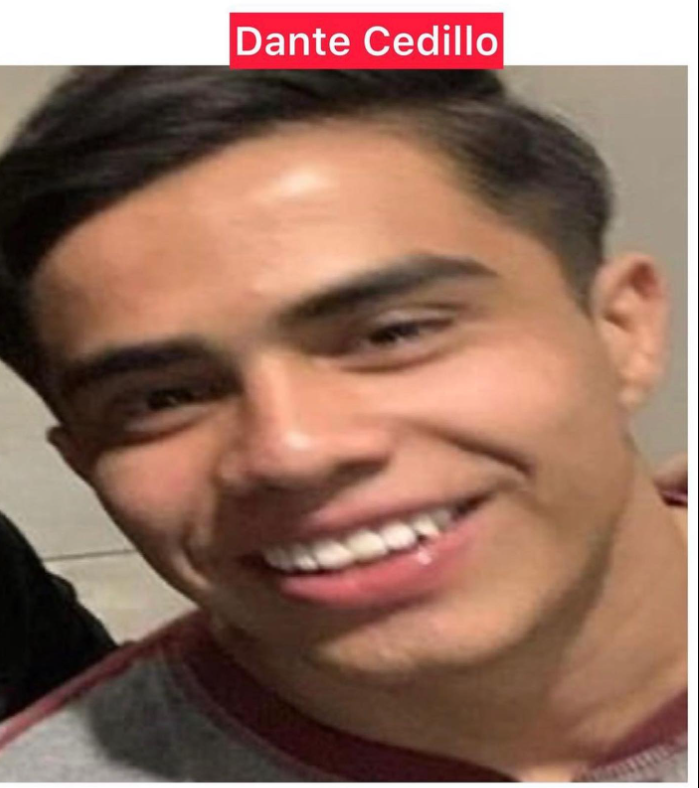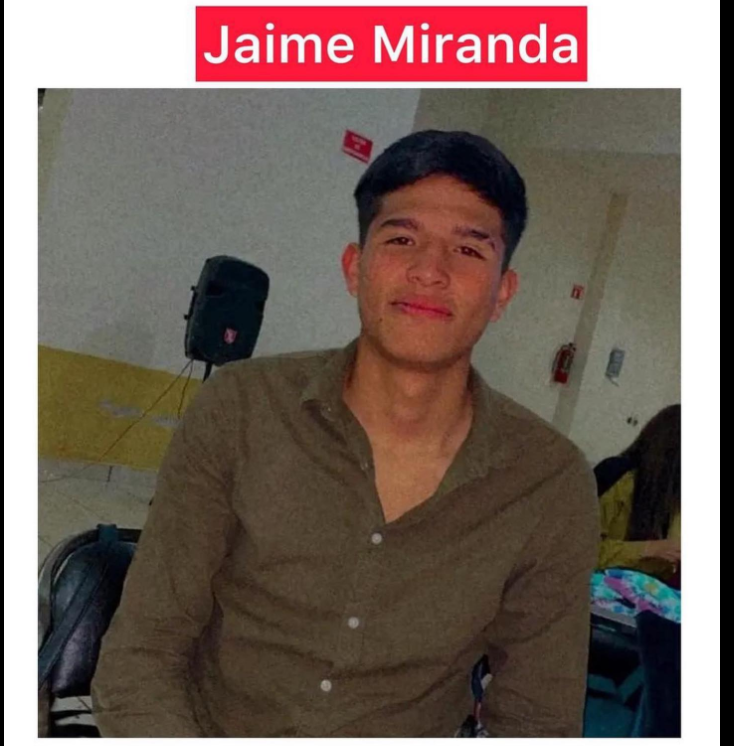In the dark underbelly of the criminal world, a chilling and disturbing event has shaken both Mexico and the global community. The close-up video capturing the brutal and senseless killing of five young men at the hands of a ruthless drug cartel has sent shockwaves through society. The graphic footage, which leaves little to the imagination, has illuminated the horrors that can unfold when criminal organizations hold sway over regions plagued by violence and lawlessness. This tragic incident has not only ignited outrage but also shed light on the urgent need for comprehensive reforms and effective measures to confront the pervasive influence of drug cartels and ensure the safety of citizens. In this article, we delve deep into the harrowing event, examining the details of the killings, the circumstances that led to this grim fate, and the broader implications it holds for Mexico’s ongoing battle against organized crime.

I. Introduction Video 5 young man killed by cartel
In the chilling shadows of criminal underworlds, a recent event has thrust the harrowing reality of cartel violence into the forefront of public consciousness. The close-up video capturing the ruthless execution of five young men at the hands of a Mexican drug cartel has sent shockwaves through communities and ignited a fervent demand for justice. This stark and distressing incident has not only exposed the depths of brutality within these criminal organizations but also shed light on the broader struggles of a country grappling with the sinister grip of cartel violence. In this article, we delve into the details of the video that captures this gruesome event, dissecting the implications, investigating the victims’ tragic fate, and examining the callous tactics employed by the cartels. Amidst the horror, questions about responsibility, justice, and the ongoing fight against cartel dominance emerge, painting a haunting picture of Mexico’s battle for safety and security.

II. The Horrific Event: Details of the Killings
The video that has reverberated across screens and sparked outrage around the world stands as a grim testament to the depths of human cruelty. Captured in gruesome detail, the footage showcases the cold-blooded execution of five young men, their lives cut short by the hands of a merciless Mexican drug cartel. Duct-taped, beaten, stabbed, and eventually beheaded, the victims’ ordeal unfolds in shocking clarity. The chillingly calculated actions of the perpetrators, juxtaposed with the victims’ inevitable terror, create a tableau of horror that exposes the darkest facets of organized crime. As this video spreads through the digital realm, the graphic nature of its content acts as a stark reminder of the unfiltered violence that persists within these criminal organizations and the devastating toll it takes on the lives it claims.

III. The Lure of Deception: Fake Job Offer as Bait
Beneath the surface of this horrific incident lies a web of deception that led these five young men to their tragic fate. As investigations unravel, a chilling narrative emerges – the victims were enticed by a fake job offer, a cruel ruse that masked the malevolent intentions of the cartel. With dreams of employment and aspirations for a better life, the victims were unsuspectingly drawn into the clutches of the Jalisco Nueva Generación (CJNG) cartel. Seeking to bolster their ranks through forced recruitment, the cartel lured the young men under the guise of legitimate opportunities. The revelation of this duplicitous tactic highlights the lengths to which cartels will go to exploit the vulnerabilities of the innocent, and raises pressing questions about the methods employed by these criminal organizations to manipulate and coerce their victims.

IV. Unmasking the Perpetrators: CJNG’s Ruthless Calculations
The specter of the CJNG looms ominously over this horrifying event. A powerful and notorious cartel, the Jalisco Nueva Generación has cemented its reputation as one of Mexico’s most ruthless criminal enterprises. The video’s explicit brutality serves as a chilling testament to the calculated and unrelenting violence that defines the CJNG’s operations. The execution of the victims, captured in such chilling detail, lays bare the cartel’s methodology – a calculated display of terror meant to both assert dominance and send a chilling message to rival cartels and potential informants. As the victims’ cries and struggles for survival echo through the video, it becomes evident that the CJNG’s tactics extend beyond the realm of criminal activity – they are instruments of psychological warfare meant to maintain control and strike fear into the hearts of those who might stand against them.

V. Uniting in Grief: Families Struggle to Grasp the Unthinkable
As the nation reels from the shock of this gruesome video and its implications, the families of the victims grapple with an unimaginable loss. The faces and stories of these young men emerge from the video’s stark imagery, reminding us that beyond the chilling narrative are lives cut short and dreams shattered. The anguish of the families, thrust into the spotlight of a national tragedy, is palpable. They navigate the complexities of grief, anger, and confusion, seeking solace in a society that has become all too familiar with the horrors perpetrated by cartels. The video’s release not only serves as a brutal record of the victims’ final moments but also thrusts the human toll of cartel violence into the collective consciousness, prompting a nation to confront its harsh realities.

VI. Echoes of Past Horrors: A Chilling Pattern Resurfaces
Tragically, this horrifying event recalls a disturbing pattern that has haunted Mexico for years. The method of forcing victims to fight and kill one another has chilling parallels to past instances of cartel brutality. The Zetas cartel, infamous for its sadistic methods, employed similar tactics a decade ago, abducting individuals and coercing them into gruesome acts of violence as a demonstration of loyalty and compliance. The resurgence of this method within the CJNG’s modus operandi is a grim reminder that cartel violence has not waned but has adapted, evolved, and become even more monstrous. The deliberate orchestration of these brutal acts as a form of intimidation underscores the alarming depths to which cartels are willing to sink to assert their dominance and strike fear into the hearts of their rivals and communities.
VII. Media, Outrage, and the Struggle for Change
The close-up video of this horrifying crime has not only shocked viewers but has reignited a fierce debate about the role of media in disseminating such graphic content. Social media platforms have struggled to contain the spread of the video, as it has been widely shared and discussed. While the exposure of such brutality can galvanize public outrage and push for change, it also raises ethical concerns about desensitization and voyeurism. Critics argue that sharing such videos only serves to amplify the impact of the cartels’ intended psychological warfare, potentially glorifying their acts. Amidst these debates, there are calls for media outlets and social platforms to exercise greater responsibility in their content moderation. The video’s chilling resonance underscores the power that media holds in shaping perceptions, provoking action, and ultimately fueling the collective demand for justice and reform.
VIII. International Attention and Diplomatic Implications
The release of the close-up video depicting the heinous acts committed by the cartel has not gone unnoticed on the international stage. Governments, human rights organizations, and international media outlets have condemned the brutality and expressed solidarity with the victims’ families and Mexico as a whole. This incident has sparked discussions about the need for cross-border cooperation to combat organized crime and dismantle the networks that perpetuate such violence. The international community’s attention has turned to Mexico’s efforts to address the deep-seated issues that allow cartels to flourish, including corruption, poverty, and lack of opportunities. As global outrage mounts, questions arise about the potential diplomatic repercussions and pressures on Mexican authorities to take decisive action against the cartels that continue to sow chaos and fear.
IX. Confronting the Cartel Phenomenon: Calls for Stronger Countermeasures
The close-up video serves as a chilling reminder of the cartel phenomenon’s grip on Mexican society. Cartels have long wielded unchecked power, spreading violence and corruption across the nation. The atrocity captured in the video demands a renewed focus on confronting these criminal organizations head-on. Calls for stronger countermeasures, improved law enforcement, and comprehensive judicial reforms resonate with a public fed up with living under the shadow of cartels. The challenge lies in breaking the cycle of impunity, addressing root causes, and fostering an environment where individuals do not feel compelled to join cartels due to lack of alternatives. The video’s disturbing content amplifies the urgency of these efforts, spurring the government and society to reevaluate their strategies in combating cartels and dismantling their networks.

X. Navigating the Balance: Media Coverage and Public Awareness
The close-up video’s release has reignited debates surrounding media coverage of violent events, particularly those involving cartels. Balancing the duty to inform the public with the responsibility to avoid sensationalism and inadvertently glorifying such acts is a complex task. Media outlets face critical decisions on how to present graphic content without compromising the dignity of the victims and without playing into the cartels’ intended narrative. The video’s widespread dissemination raises questions about the role of journalists in framing the narrative, shining a light on the harsh realities of cartel violence while avoiding inadvertently promoting their agenda. This incident underscores the ethical dilemmas media organizations grapple with when navigating the fine line between public awareness and responsible reporting in a digital age characterized by rapid information sharing.
XI. Urgent Need for Societal and Cultural Shifts
The release of the close-up video depicting the brutal killings by a cartel highlights the urgent need for profound societal and cultural shifts within Mexico. This tragic incident is not an isolated occurrence but rather a manifestation of deeper-rooted problems, including normalized violence and desensitization to brutality. Addressing this issue requires a comprehensive approach that goes beyond law enforcement and involves educational reforms, community engagement, and fostering a culture of empathy and non-violence. Schools, families, and communities must come together to reshape attitudes and beliefs, instilling values that reject violence and glorification of criminal behavior. Only through concerted efforts to reshape Mexico’s societal fabric can the cycle of violence perpetuated by cartels be broken, preventing future generations from falling into the clutches of organized crime.
XII. Beyond the Footage: The Path Forward
The close-up video of the five young men’s brutal deaths serves as a harrowing testament to the horrors inflicted by cartels in Mexico. However, its release also underscores the need to shift the conversation beyond the graphic content itself. As the shock and outrage subside, the focus must transition towards a broader dialogue on meaningful action. Mexico’s government, civil society, and international partners must collaborate to create a multifaceted approach that addresses the root causes of cartel violence, strengthens law enforcement, reforms the justice system, and provides avenues for youth empowerment and education. The video’s impact must be channeled into sustained efforts to dismantle cartels’ power structures, offer alternatives to vulnerable individuals, and rebuild a society free from fear and terror.
In the wake of this chilling close-up video, Mexico stands at a crossroads, confronted by a defining moment that demands a comprehensive and unwavering response. The nation’s future hangs in the balance, hinging on the choices made by its leaders, citizens, and global partners. As the world recoils from the brutality captured on screen, the urgency to break the cycle of cartel violence and reshape Mexico’s destiny has never been greater. It is a rallying cry for unity, resilience, and a steadfast commitment to a safer and more just society that rejects the influence of organized crime and paves the way for a brighter future.
